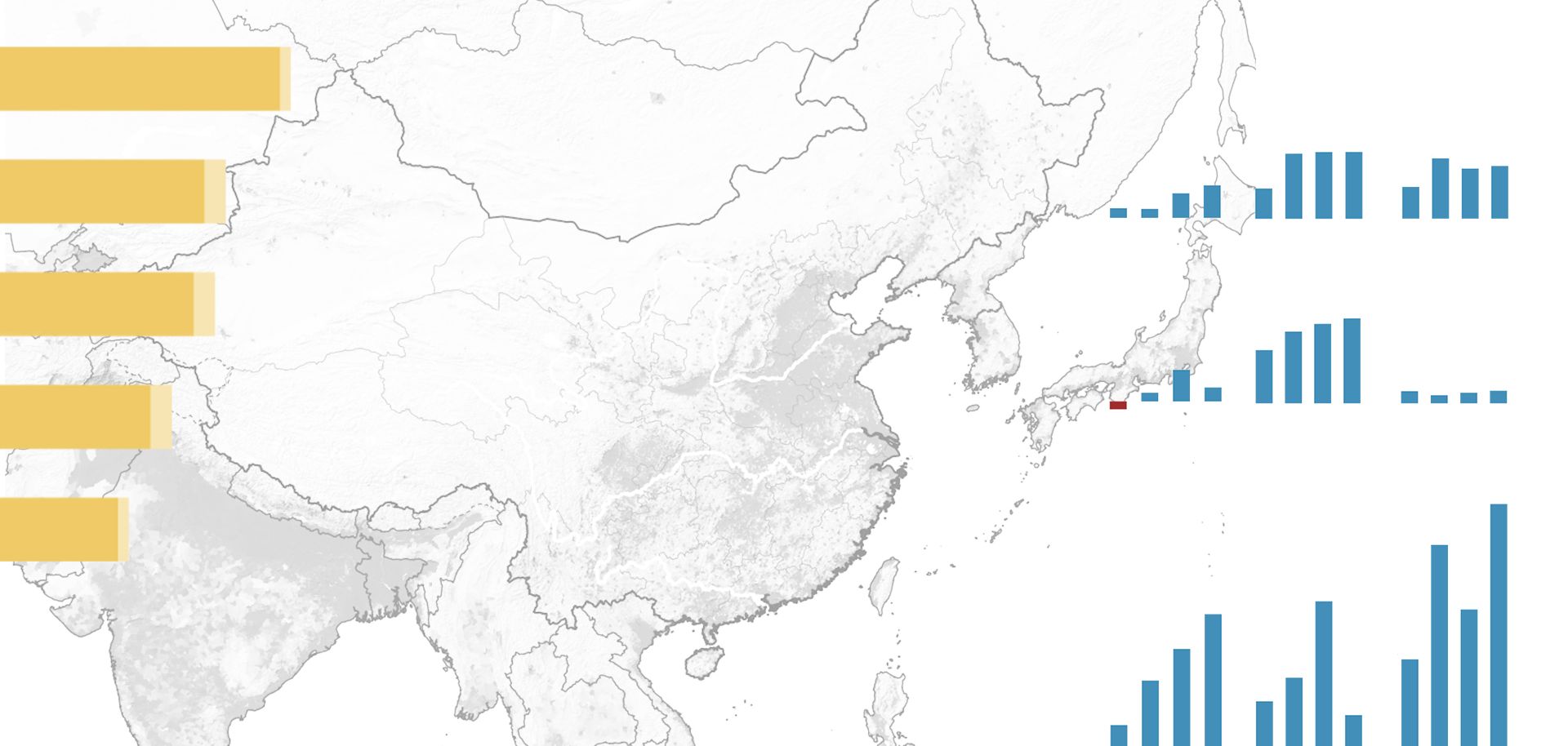
NATO began its "Baltic Host 2011" military exercise in Lithuania on April 4. Around 300 military personnel from the U.S. European Command, the three Baltic states and Norway, Denmark, Germany and Poland will attend the exercise. According to the Lithuanian Defense Ministry, the scenario for the exercise involves ethnic strife in a breakaway region of a fictional democratic state. The ministry said that after an ethnic majority in a region of the state establishes a separatist group, civil unrest and suicide attacks flare, and the fictional government introduces a state of emergency and curfew. The scenario is notable because it sees a NATO intervention on behalf of the government against an ethnic minority that is fueling turmoil; this runs counter to the recent interventions in Kosovo and most recently Libya, where NATO was called in on behalf of the breakaway regions. It is also noteworthy because it is taking place in Lithuania, which took the most exception to Russia and Belarus' vast Zapad (Russian for "West") exercise in late 2009. That exercise simulated the liberation of a besieged Kaliningrad, the Russian exclave bordering Poland and Lithuania, presumably with both amphibious assault and ground forces maneuvers over the Baltics. That the NATO scenario favors the government is not surprising considering the geography of the region. Latvia and Estonia, Baltic states and NATO members, have considerable ethnic Russian minorities; the scenario for the NATO drills is thus likely premised on a rebellion by the minority Russians. It is meant to reassure the Baltics that NATO is prepared to offer them support in such a situation. Of course, it will take more than a computer simulation and a few hundred soldiers to counter the effects of the Zapad exercise, which included more 10,000 troops and actual military maneuvers.


